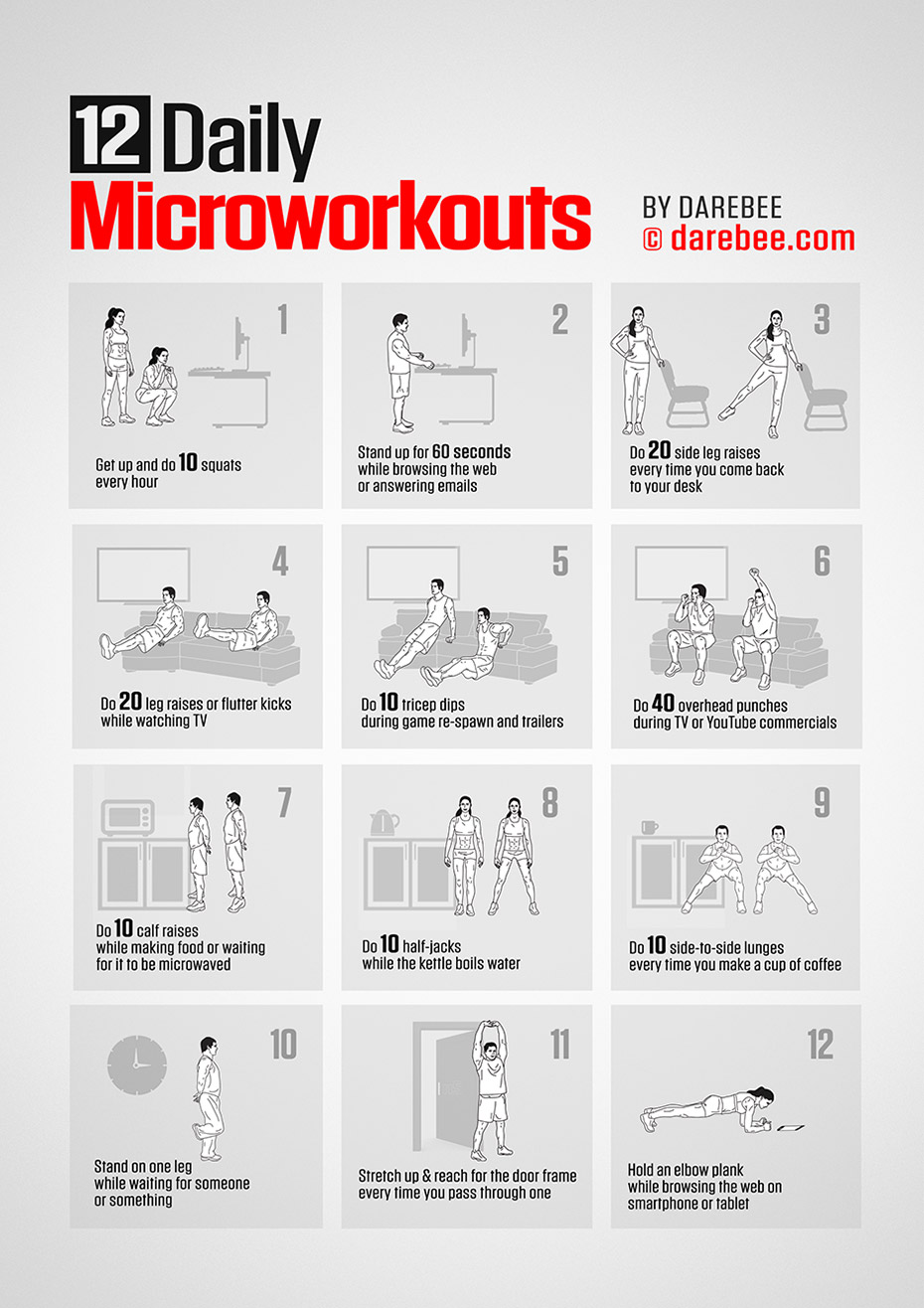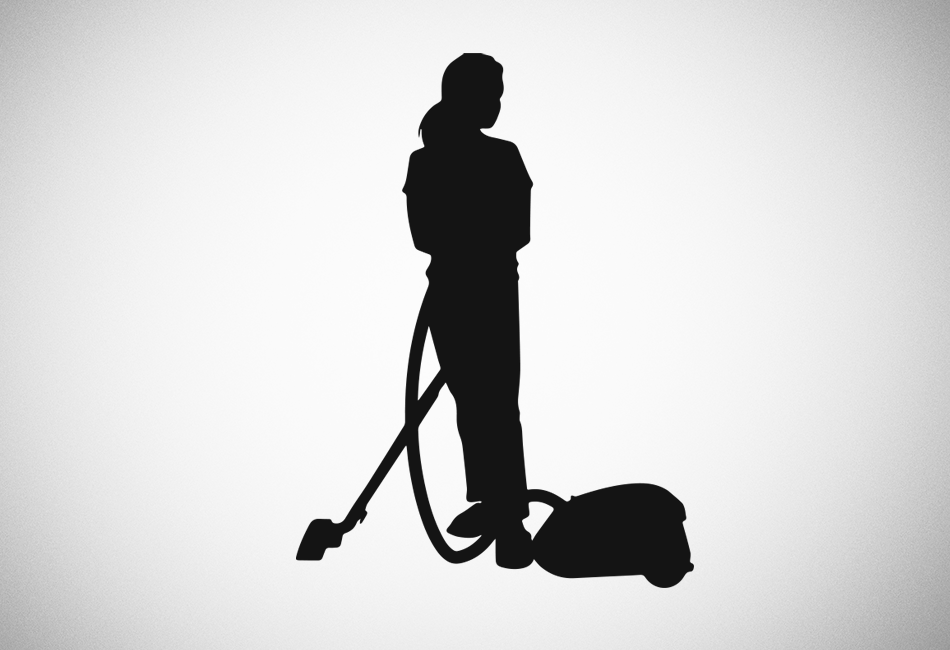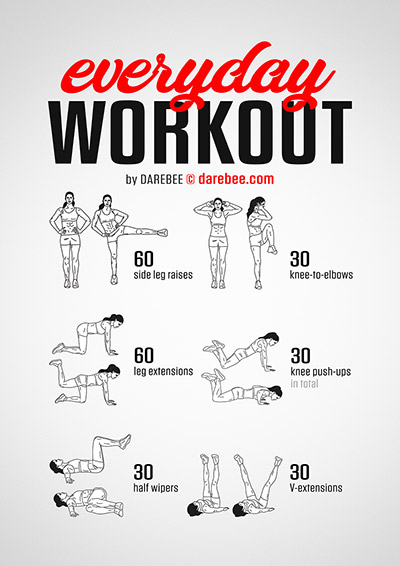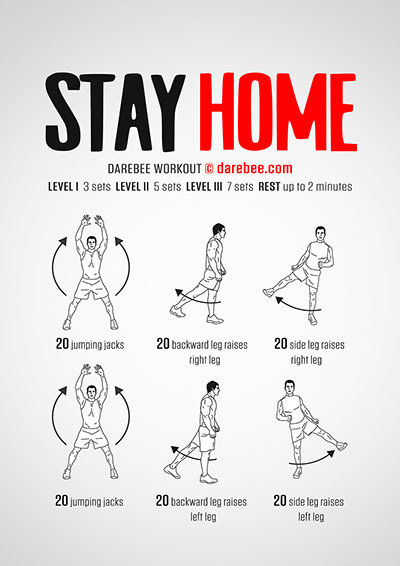Imagine never having to worry about your fitness ever again. Never having to worry about being able to physically do the things you want to do each day, never having to worry about putting weight on as you age, never having to worry about losing mobility and capability over time. And all of that without having to spend hours each day working out. Now, wouldn’t that be amazing?
This is where NEAT or more expansively: Non-Exercise Activity Thermogenesis comes in. The fancy title is given to “energy for everything we do that is not sleeping, eating or sports-like exercise”.[1] Our daily activities,[2] in short, how we get from A to B using our legs, the stairs we climb, the things we lift, our home environment that we clean and everything else associated with what we do, fall neatly (pun intended) under the NEAT domain.
Preliminary studies[3] have shown that NEAT energy expenditure can play a key role in helping to maintain one’s weight[4], reduce the body’s fat content over time, and provide a solid basis for maintaining a higher level of overall physical activity and mobility.
Some of the issues we experience in maintaining health, fitness and our mental equilibrium arise from circumstances that disturb the body’s internal neurochemical balance.[5] Non-exercise activity thermogenesis, in other words, physical activity that is not related to exercise; helps maintain our internal neurochemical balance resulting in fewer exhibited extreme activities such as eating or drinking too much or indulging in excesses of sugar and salt.
The theory behind this is that anything that throws our internal state off balance is experienced as a stressor that makes us feel bad. Food, alcohol, salt, sugar and activities that are demonstrable bad for us, such as smoking, is the body’s attempt to temporarily relive the stress we feel and make us feel, temporarily, better.
The irony is that this attempt to achieve temporary, immediate relief from stress results in long-term damage to the body which will produce its own level of stress and may lock us in behaviors that are usually labelled self-destructive.
Not only does NEAT help in maintaining the internal equilibrium necessary for us to be more resilient to stress, but it can also add up to an extra 2,000 kilocalories per day[6] in extra energy expenditure, helping to maintain our weight.
How much energy we expand doing non-exercise activities varies of course from one individual to the next depending on factors such as age, sex, weight and overall levels of fitness. What is becoming obvious however is that when even seemingly negligible activities such as fidgeting[7] can reduce mortality rates caused by a sedentary lifestyle, we can get significantly better health and fitness outcomes with a NEAT strategy in place.
NEAT Activities For Keeping Healthier And Feeling Stronger
This brings us to the “what must I do to benefit from this?” question. Here are some strategies you can implement to increase your NEAT, help your body maintain its inner equilibrium, manage blood sugar levels and better regulate weight management.
- Do sitted calf raises. More scientifically known as a soleus pushup, raising your feet on the ball of the foot so that the calf muscle contracts and then relaxing them and repeating for as long as you can has shown that it helps manage blood sugar levels, activates the metabolism[8] while sitting down and helps increase overall caloric burn even if, for example, you’ve spent all day sitting at your desk, at work.
- Do housework. If you spend a regular amount of time each day, cleaning your house, doing housekeeping, attending to light DIY, or gardening and generally doing things about the house; you end up doing a significant amount of physical work that collectively places you in a much better physical state than if you didn’t.
- Walk when you can. You may not always have time to go for a walk around the block, but you should always, where possible, go on foot instead of taking the car. A ‘quick’ trip to the local shops for something essential, popping out on an errand or simply taking the stairs instead of using the lift can quickly add-up to a lot of extra physical activity.
- Stand more than you sit. If possible do some tasks standing up instead of sitting down. Even something as counterintuitive as having a quick snack standing up rather than sitting down increases the overall energetic load to the body, each day.
- Park a little further away. We use our cars for convenience and speed to get to places which would otherwise be hard to reach for us, on foot. Yet, when we do get there we often spend extra time trying to find a parking space as close as possible as possible to our destination. Forgo this entirely and try to park as far away as possible without, obviously, negating the reason you had to use the car in the first place. The extra effort involved consistently adds to the calories spent, each day.
- Take car break days. If possible make a conscious decision to not use your car on a specific day. Use your legs instead to get there or cycle or take public transport. All of these activities are physically more intensive than just driving to a place and, collectively, add to a heavier energy load for the body to handle.
- Get physical. Most of us have dishwashers and robot-cleaners in our homes and apartments. When possible give them a break and take over. Do the dishes by hand. Run a vacuum cleaner around yourself. Again, it’s all about maintaining the energy load on your body.
Summary
The human body evolved to be active most of the day.[9] Our modern lifestyles make this next to impossible. The one or two hours of exercise we can reasonably engage in, each day, are insufficient to provide us with all the positive physical and mental adaptations we need for a long and healthy life. As a result a smart NEAT strategy that maximizes how much we move our body can effectively augment the regular hours of exercise we engage in so that when we exercise we can better focus on achieving specific adaptations that help us improve the way we control our body and the way it makes us feel.
Suggested Workouts
Suggested Activities

Research
- 1. Levine JA. Non-exercise activity thermogenesis (NEAT). Best Pract Res Clin Endocrinol Metab. 2002 Dec;16(4):679-702. doi: 10.1053/beem.2002.0227. PMID: 12468415.
- 2. Jung WS, Park HY, Kim SW, et al. Prediction of non-exercise activity thermogenesis (NEAT) using multiple linear regression in healthy Korean adults: a preliminary study. Physical Activity and Nutrition. 2021 Mar;25(1):23-29. DOI: 10.20463/pan.2021.0004. PMID: 33887825; PMCID: PMC8076582.
- 3. Chung, Nana & Kim, Jisu & Park, Hun-Young & So, Jaemoo & Lim, Kiwon & Hwang, Hyejung & Park, Jonghoon. (2018). Non-exercise Activity Thermogenesis(NEAT) as a Strategy to Increase Energy Expenditure. Korean Journal of Sport Studies. 57. 431-439. 10.23949/kjpe.2018.09.57.5.31.
- 4. Bunney, P. E., Zink, A. N., Holm, A. A., Billington, C. J., & Kotz, C. M. (2017). Orexin activation counteracts decreases in nonexercise activity thermogenesis (NEAT) caused by high-fat diet. Physiology & behavior, 176, 139-148.
- 5. von Loeffelholz C, Birkenfeld AL. Non-Exercise Activity Thermogenesis in Human Energy Homeostasis. [Updated 2022 Nov 25]. In: Feingold KR, Anawalt B, Blackman MR, et al., editors. Endotext [Internet]. South Dartmouth (MA): MDText.com, Inc.; 2000.
- 6. Villablanca PA, Alegria JR, Mookadam F, Holmes DR, Wright RS, Levine LA. Nonexercise activity thermogenesis in obesity management. Mayo Clinic Proceedings. 2015;90(4):P509-519. doi:10.1016/j.mayocp.2015.02.001
- 7. Hagger-Johnson G, Gow AJ, Burley V, Greenwood D, Cade JE. Sitting time, fidgeting, and all-cause mortality in the UK Women's Cohort Study. American Journal of Preventative Medicine. 2016;50(2):154-160. doi:10.1016/j.amepre.2015.06.025
- 8. Hamilton MT, Hamilton DG, Zderic TW. A potent physiological method to magnify and sustain soleus oxidative metabolism improves glucose and lipid regulation. iScience. 2022 Aug 5;25(9):104869. doi: 10.1016/j.isci.2022.104869. PMID: 36034224; PMCID: PMC9404652.
- 9. Hunter P. The evolution of human endurance: Research on the biology of extreme endurance gives insights into its evolution in humans and animals. EMBO Rep. 2019 Nov 5;20(11):e49396. doi: 10.15252/embr.201949396. Epub 2019 Oct 21. PMID: 31633860; PMCID: PMC6832006.













